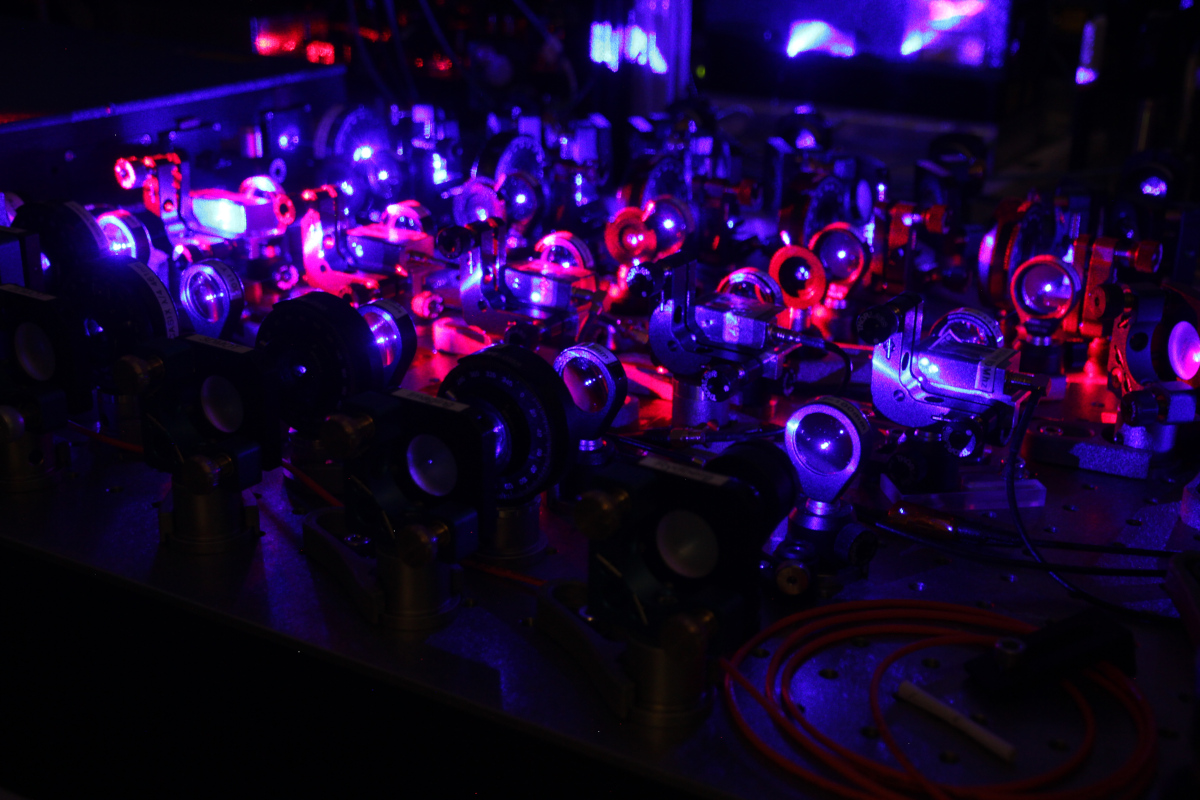Quantum Hardware Orchestration Made Easy
Atomiq ONE provides an intuitive interface to manage and control every piece of hardware and every data stream in your lab.
It is a quantum firmware that allows you to control your complex quantum hardware like a neutral atom or ion trap setup as it would be one device.
Get Started ⮞
